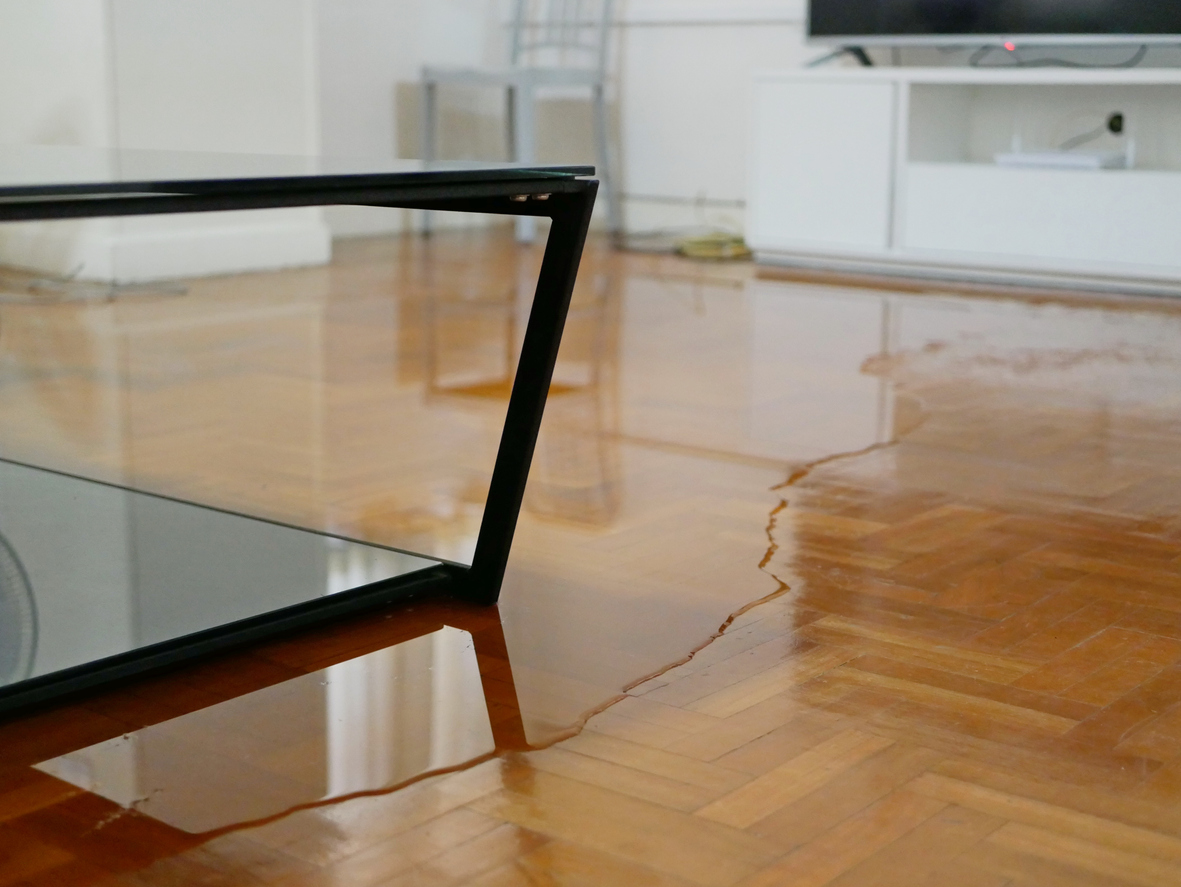One of my favorite aspects of working at Merlin Law Group is how much the firm invests in continuing education to ensure that their attorneys are always at the top of their game. When I’m not battling insurance companies, I spend my time taking various courses with the Academy of Insurance, a site that provides the busy insurance professional the tools to keep themselves abreast on the ever-developing world of insurance.
I recently watched the “Are Water Damage Claims Drowning Your Profits?” webinar hosted by Nancy Germond, the President of Insurance Writer. Her experience as a second-generation insurance professional who married into a “plumbing dynasty” allows Germond to provide a unique insight to water damage claims. Though the webinar targets insurance company representatives, policyholders can benefit from learning these basic principles so that they may develop a concrete understanding of water damage in order to advocate for themselves in the event of a loss.
Water damage is property damage due to accidental discharge, leakage, or overflow of water mostly caused by but not limited to freezing pipes or plumbing failures. Water damage can happen anywhere and is the second most frequent homeowner claim. On average, around 14,000 people every day experience a water damage emergency. Additionally, the average annual cost to insurers for water damage and mold claims totals to 2.5 billion dollars each year.
There are several main water damage scenarios that homeowners need to be aware of that are usually covered by their insurance:
- Accidental discharge of water from household appliances, baths, plumbing fixtures, etc;
- Cracking/splitting of water systems, including water heaters, radiators, steam boilers, and pipes;
- Freezing, if the insured kept heat on or drained the plumbing systems and appliances;
While infrequent, I have seen homes completely destroyed when appliances break, and water then pours throughout the home. Because of how expensive water damage can be, it is vital for homeowners to be vigilant of areas in their home that may suffer water damage, to catch the damage on time and to know what mitigation may be needed to reduce damage. Especially since insurance companies pack their policies with water damage exclusions that will exclude a loss caused by water which “backs up through sewers or drains” or for loss that is “caused by repeated or continuous discharge, or leakage of liquids from within a plumbing system.”
For example, toilet issues are a very common type of water loss. To understand plumbing, it’s important to know that there exist four main networks of pipes in a residential construction. The first two networks of pipes, most commonly known, carry hot and cold to faucets and appliances. The third network are drainpipes that carry away wastewater through the main soil waste lines. The fourth network consists of a vent stack that allows for air pressure equalization to ensure the drain system functions properly.
Homeowners can mitigate water damage events to a toilet prior to a loss by examining all fixtures of the toilet for looseness; paying attention to the baseboards on the adjoining bathroom walls; and inspecting ceilings that are located under water fixtures. By being vigilant, property owners may be able notice damage immediately when it occurs and are less likely to be denied by the carrier for exclusions such as late notice or repeated or continuous discharge or leakage of liquids from within a plumbing system.
To deepen your understanding on water damage issues and policyholder advocacy, continue following the Merlin Law Group Property Insurance blog where we post the latest developments in property insurance daily!
Thought of the day: “Your vision of where you want to be is the greatest asset you have.” – Paul Arden




